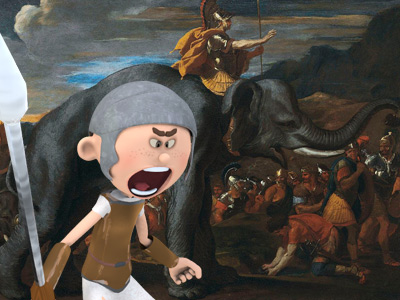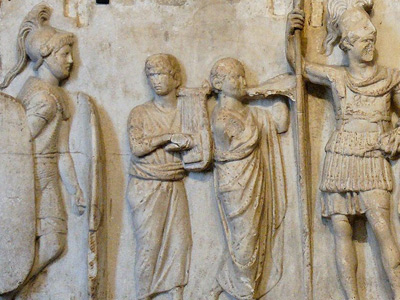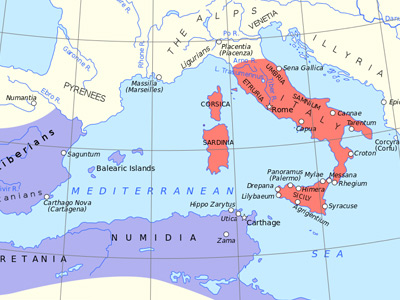First Punic War (264-241 BC)
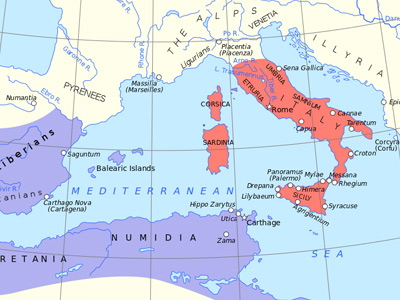
Battle of Agrigentum
In 262 BC, Rome besieged Agrigentum, an operation that involved both consular armies—a total of four Roman legions—and took several months to resolve. The garrison of Agrigentum (known to the Greeks as Acragas) managed to call for reinforcements and the Carthaginian relief force commanded by Hanno which destroyed the Roman supply base at Erbessus. With supplies from Syracuse cut, the Romans The Roman Republic was a form of government of Rome and the era of the classical Roman civilization when it was run through public representation of the Roman people. Beginning with the overthrow of the Roman Kingdom (traditionally dated to 509 BC) and ending in 27 BC with the establishment of the Roman Empire, Rome's control rapidly expanded during this period - from the city's immediate surroundings to hegemony over the entire Mediterranean world. were now besieged and constructed a line of contravallation. After a few skirmishes, disease struck the Roman army while supplies in Agrigentum were running low, and both sides saw an open battle as preferable to the current situation. Although the Romans won a clear victory over the Carthaginian relief force at the Battle of Agrigentum, the Carthaginian army defending the city managed to escape. Agrigentum, now lacking any real defenses, fell easily to the Romans, who then sacked the city and enslaved the populace.
The Roman Republic was a form of government of Rome and the era of the classical Roman civilization when it was run through public representation of the Roman people. Beginning with the overthrow of the Roman Kingdom (traditionally dated to 509 BC) and ending in 27 BC with the establishment of the Roman Empire, Rome's control rapidly expanded during this period - from the city's immediate surroundings to hegemony over the entire Mediterranean world. were now besieged and constructed a line of contravallation. After a few skirmishes, disease struck the Roman army while supplies in Agrigentum were running low, and both sides saw an open battle as preferable to the current situation. Although the Romans won a clear victory over the Carthaginian relief force at the Battle of Agrigentum, the Carthaginian army defending the city managed to escape. Agrigentum, now lacking any real defenses, fell easily to the Romans, who then sacked the city and enslaved the populace.
HISTORY
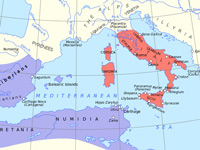
RESOURCES
This article uses material from the Wikipedia article "First Punic War", which is released under the Creative Commons Attribution-Share-Alike License 3.0.
© Stories Preschool. All Rights Reserved.
